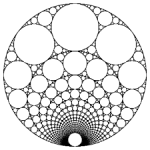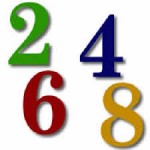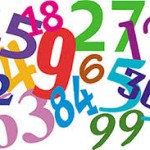
“It is the brain, the little gray cells on which one must rely” – Hercule Poirot
Today’s puzzle is a great puzzle that everyone can enjoy. They are called alphametics. In each puzzle, there is a simple arithmetic problem. However, instead of using numbers, letters are used. Each letter stands for a single digit number (e.g. 0,1,2,3,4,5,6,7,8 or 9). Within each puzzle, a number can be associated with only one letter, so two different letters can not equal the same number. The meaning of the letters may change from puzzle to puzzle, so “N” may be “5” in the first puzzle and may be “3” in the second puzzle. The objective is to assign each letter a number so the statement is correct. It sounds straight-forward and is easy to understand, but may be very challenging. Here’s an example:
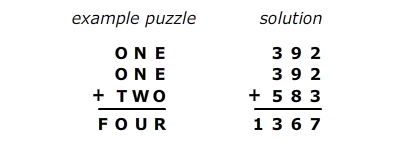
Make sure you understand the example. When you do, try the following puzzles. Good Luck!
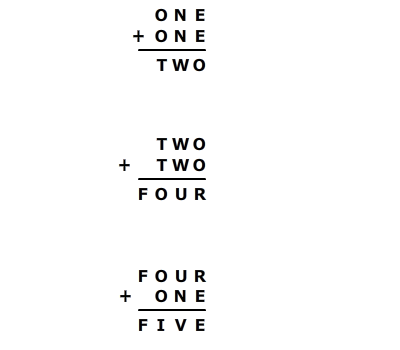
I hope you enjoyed the puzzles. Please pass the puzzles onto others who may enjoy them!


